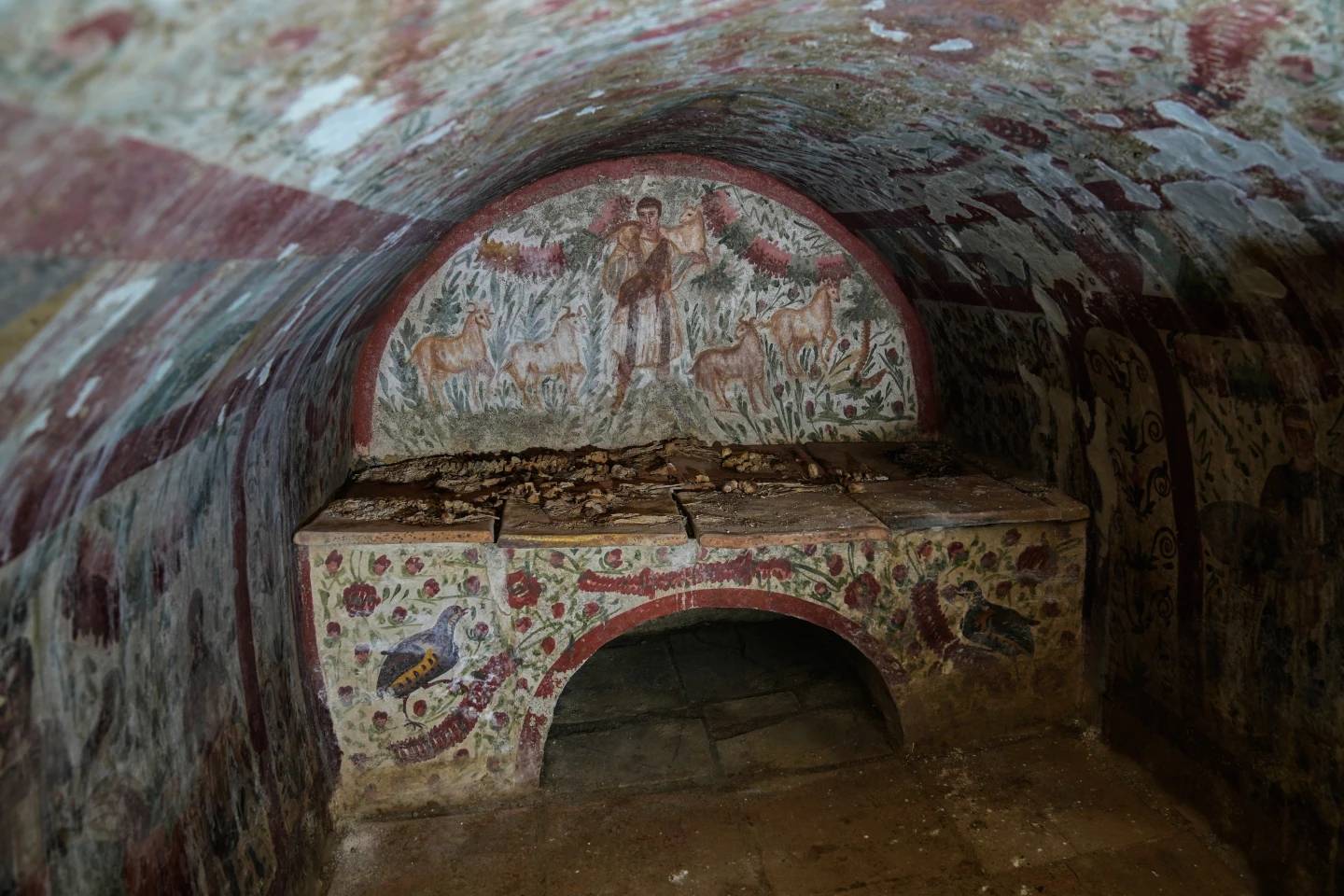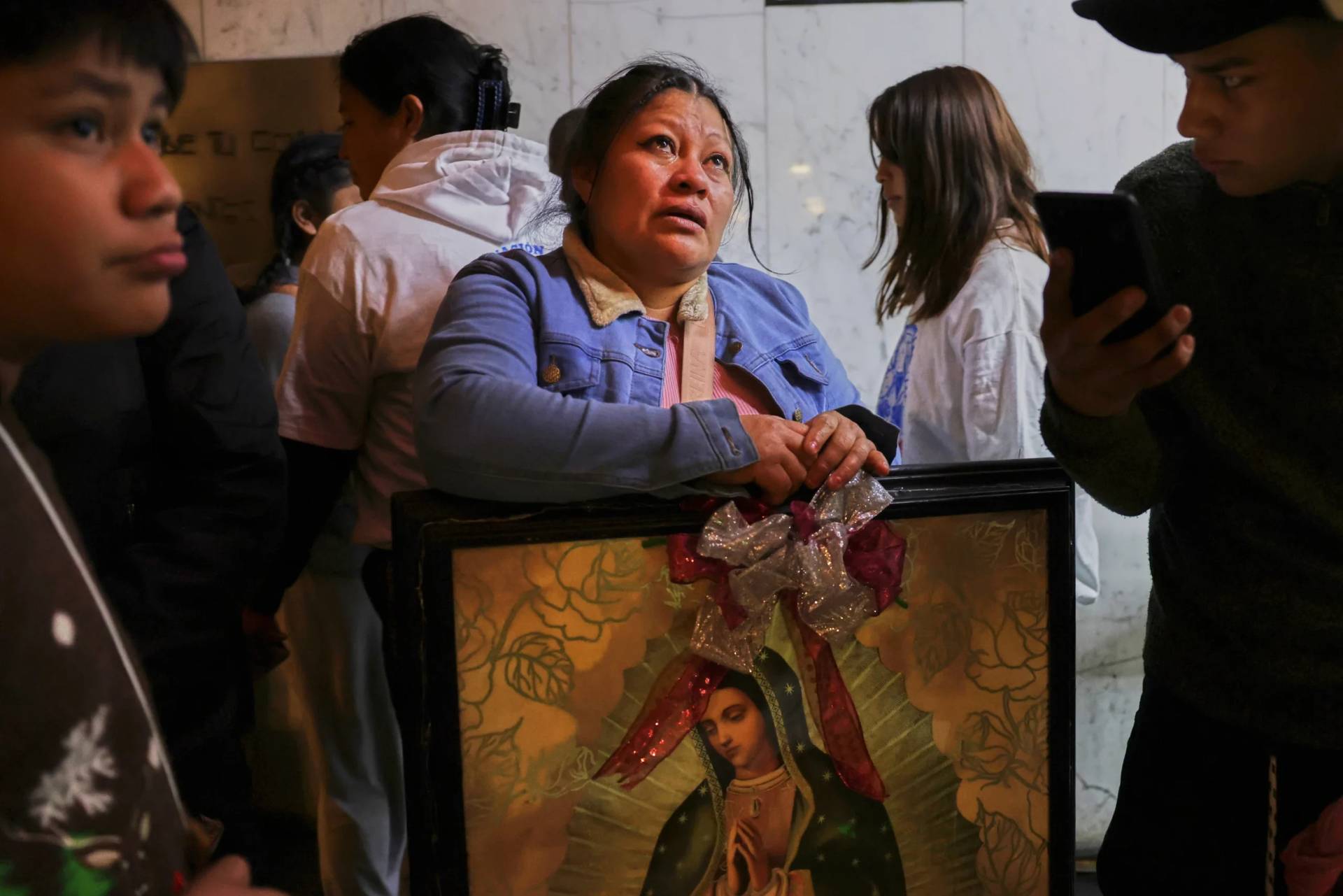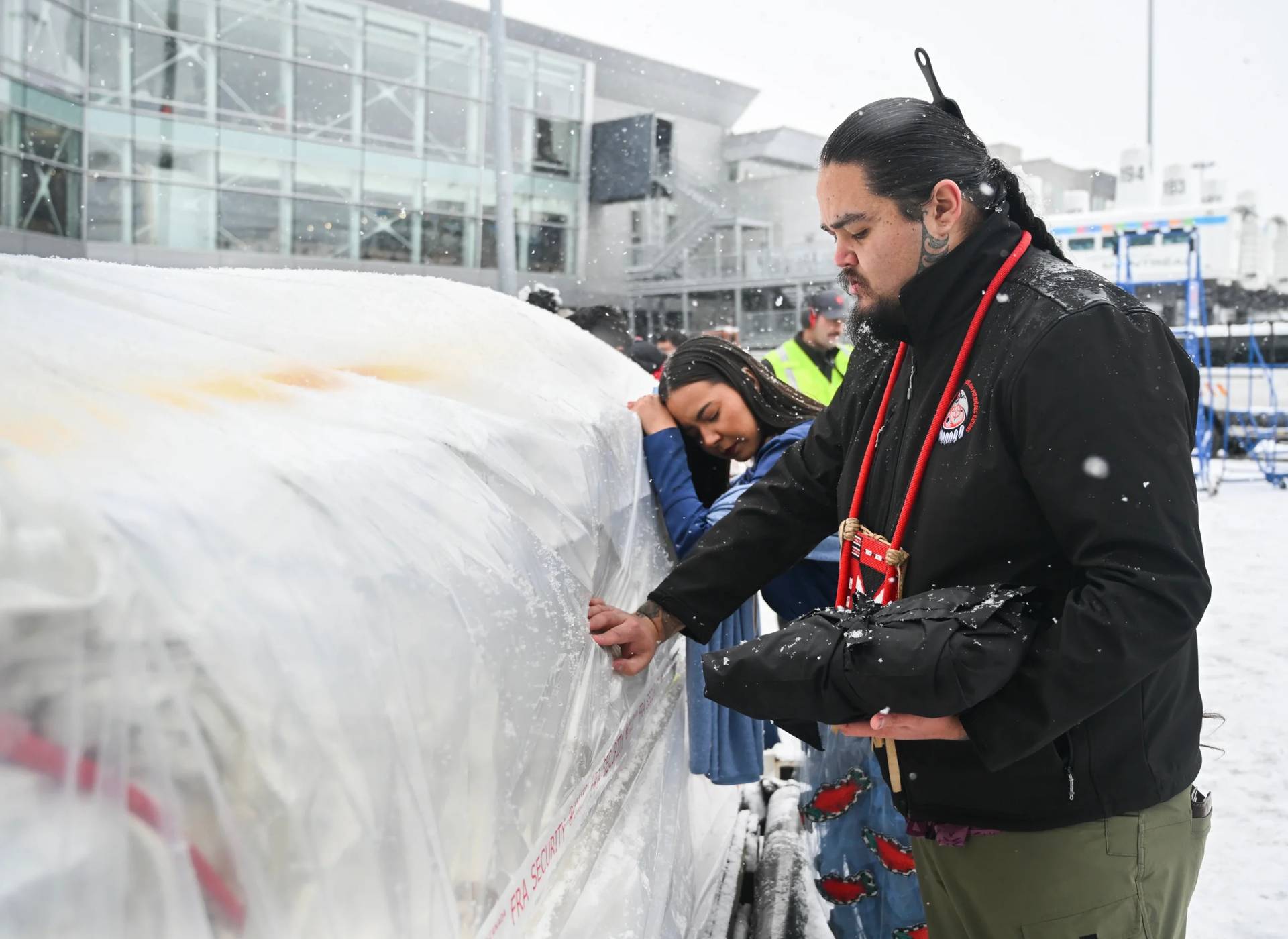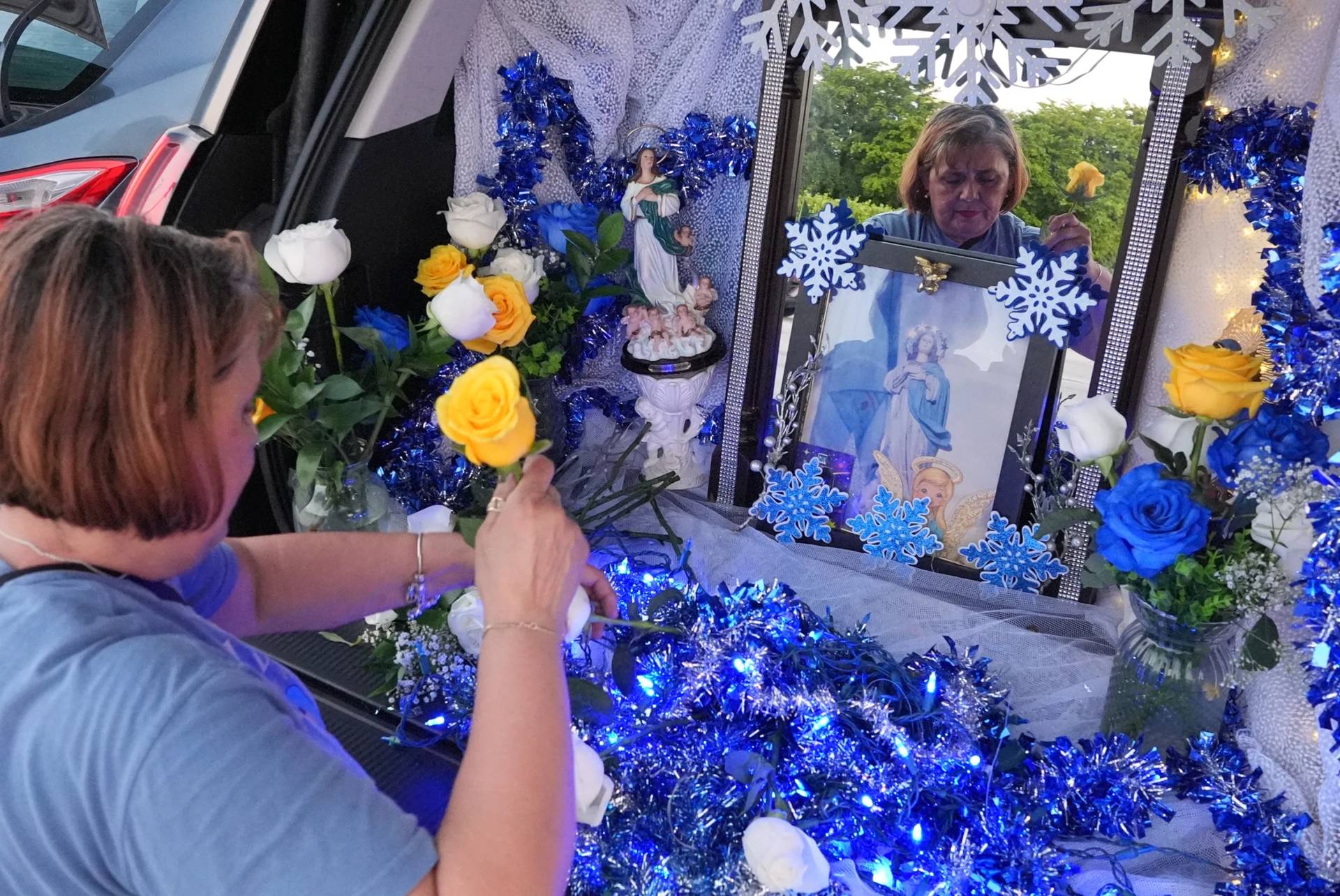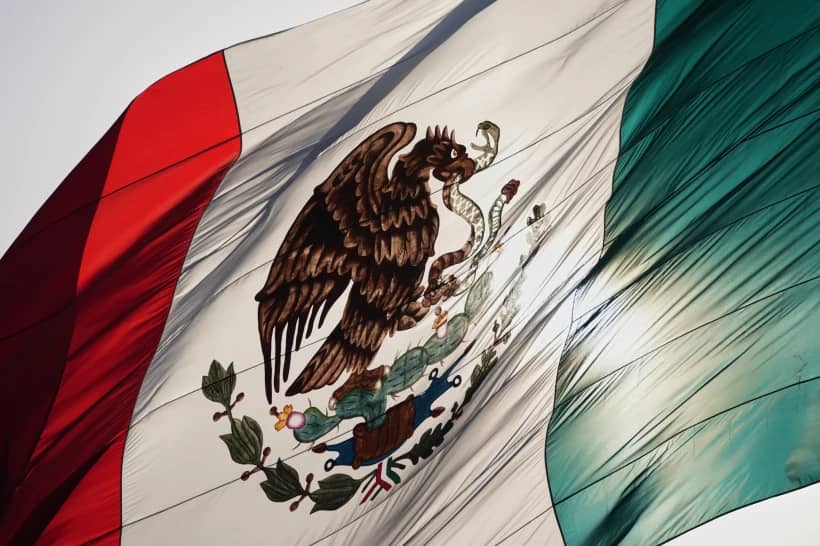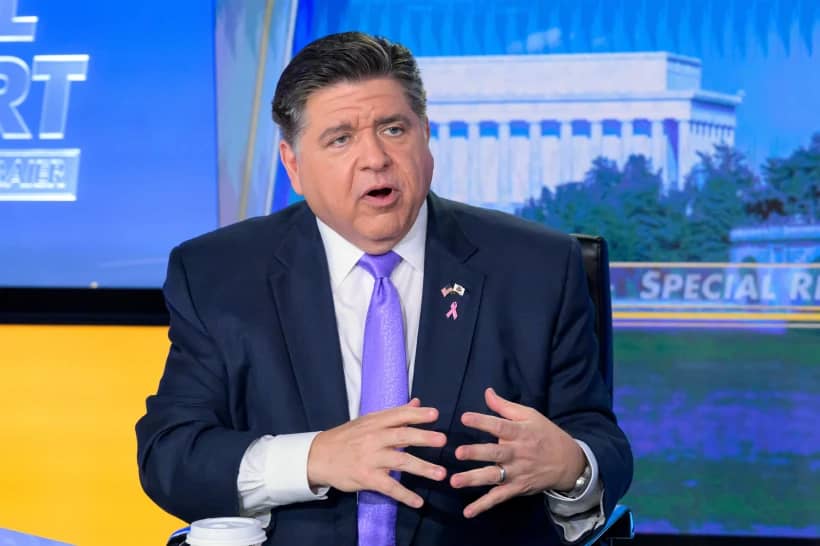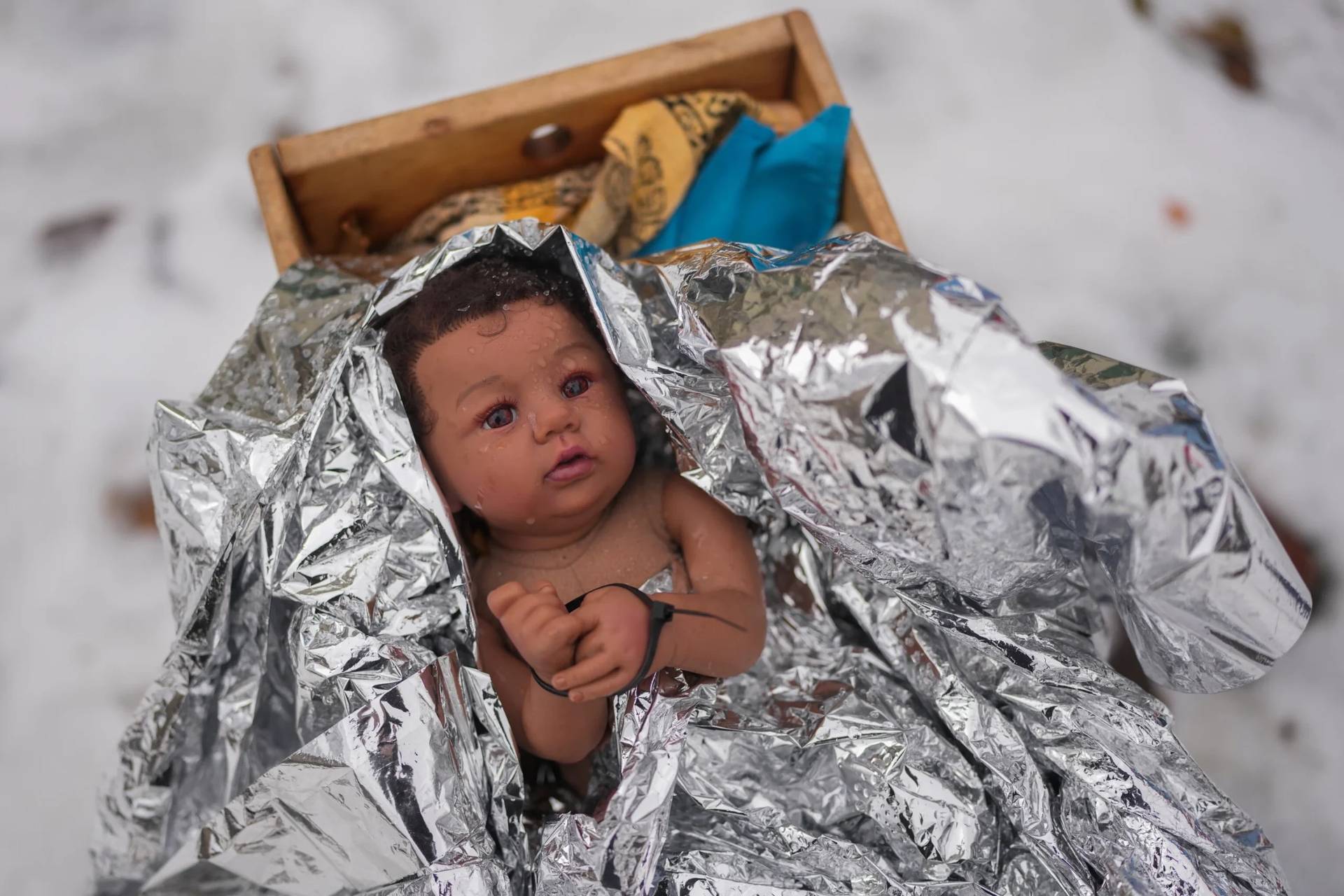MANAGUA, Nicaragua — Arriving by air in Managua, the capital city of Nicaragua, with the plane coming down over a green lagoon in the crater of the volcano of Apoyeque, one can’t shake the feeling that the country is trapped between what it is and what it should have been.
Through the years, Managua has struggled against itself: Eighty percent of the city’s buildings turned to dust in a great earthquake of 1972, and in many cases, what was built to replace them does not look sturdy enough to sustain much more than a strong wind, despite warnings from experts that take for granted another such tragedy will occur sooner or later.
There are no skyscrapers, no great buildings made entirely of glass nor lavish resorts along the shores of Lake Managua, one of the few in the world with freshwater sharks. Pollution — due to the dumping of chemicals and waste water since the 1930s — has made the lake a dangerous place for a swim, and only recently, thanks to a purification plant paid for by the German government in 2009, was the lake reopened for water sports.
During the rainy season from May to November, Managua becomes a lush city due to its many palms, bushes, and other plants and trees which dominate its appearance, mixed with enormous, colorful structures known as the “tree of life,” put up by Rosario Murillo, the wife of President Daniel Ortega, and currently also his Vice President.
Sotto voce, many locals are quick to clarify that it’s she who really leads the country and that she’s the one responsible for the quick downfall of the country’s economy, which was projected to grow five percent this year in this Central American nation with a population estimated at six million.
“She’s crazy,” a driver told Crux Nov. 16. “She’s hungry for power, and as cliché as it might sound, she has a stone for a heart.”
To make the point, he tells the story that in 1998, Murillo stood by her husband after her daughter – his step-daughter, Zoilemerica Murillo – denounced him for sexual abuse. Since then, the daughter has been exiled to Costa Rica, and in 2016 published a post on Facebook calling the current political alliance in Nicaragua part of the price the two paid for Murillo’s silence.
“If a mother is willing to betray her own daughter, what won’t she do against the people?” the driver asked, rhetorically.
Ortega and his wife have modified the constitution three times, to diminish the number of votes needed to win an election, to allow for a second re-election and also to allow for a married couple to be president and vice-president.
People in Nicaragua are afraid to talk to journalists, and those willing to do so request their identities be protected. They whisper that after decades in power or flirting with it, the ruling party, the Sandinista National Liberation Front, or FSLN in Spanish, “has ears everywhere.”
Proof of that is the fact that in recent days the government conducted a raid at a mall and put dozens of people in prison, after they had been accused by their neighbors of having participated in one of the many anti-Ortega rallies in recent months.
The climate of fear was illustrated by a Nicaraguan who’s been living in the United States for decades, and who also requested to remain anonymous because she still has family in the country, though many fled earlier this year.
“People are afraid to talk,” she said. “They delete WhatsApp messages from their phones because they don’t want others to know who they’re talking with and about what. There’s a generalized, well-founded fear.”
The Sandinista party is named after Augusto Cesar Andino, who led Nicaraguan resistance against the United States occupation of the Central American nation in the 1930s, but it wasn’t until 1979, when they overthrew Anastasio Somoza DeBayle, ending the Somoza dynasty, that they began their decades in power.
The Sandinistas instituted a policy of mass literacy and devoted significant resources to health care and redistributed the farmland, an estimated half of which had belonged to the Somozas by the end of their six-decades long rule.
Yet in 1981, the FSLN came under international criticism for human rights abuses, mass execution and oppression of indigenous people.
Soon after, a civil war broke out between the FSLN supporters and the U.S.-backed militia known as the Contras, who were trained by the CIA. They lost the presidency, but not the legislature, in elections in 1990, and it wasn’t until 2006 that Ortega came back to power, with close to 40 percent of the votes.
He won again in 2011 and in 2016, the third time with Murillo as his running mate.
The trees of life – a graveyard which can be seen from the air, not far from Managua’s international airport next to a closed water park that has an inscription on the floor defining Nicaragua as “unique, different” – have become a symbol of the latest revolution to shake the country, one which exploded in April due to a proposed bill that would have increased the taxes on the working class.
Murillo put hundreds of them up in Managua, and they would be illuminated at night, because, in her words, “energy creates energy.”
However, one by one, protesters burned the internal circuits rendering them a gloomy, almost phantasmagorical presence at night.
“It all began on April 18, but it didn’t really,” a priest told Crux in mid-November, referring to the protests that saw hundreds of thousands going out to the streets calling for the resignation of the ruling couple. “The bill was an excuse to wake up the people, that had been lying dormant in a pressure cooker.”
Since the latest civil uprising, the Church has found itself at the center of the protests, “not because we were leading it, but because we quickly put ourselves where we had to be, by the people.”
“I had baptized many of these people, married them, saw them in church every week, I couldn’t leave them alone,” he said.
A church located near a national university that was one of the epicenters of the protests became a literal manifestation of what Pope Francis once dubbed a “field hospital.” In this case the wounds were not only spiritual in nature but also physical: Hundreds of young protesters took refuge in the building after being shot at by the police and paramilitary forces.
Though it’s impossible to get an exact number, a minimum of 300 people, but some say more than 500, have been killed since April in clashes between mostly peaceful civilians and forces aligned with the government.
For a time, there was an attempt at dialogue among the government and various members of civil society, mediated by the Church, but the Ortegas refused to accept the first condition: A call for elections. As Murillo said time and time again, they will stay until their term is over, in 2021.
Many suspect, however, that they’ll find a way of remaining in power even afterwards, since, according to the priest, “there’s no division of powers in this country,” and the last three elections were a charade to keep up the appearance of being a democratic government.
“Ortega became the man the 1979 revolution took down,” the driver said. “For that reason, many of us who followed him feel betrayed and have since left the party our parents helped found.”
The Church is now in a dire situation, flanked by a government that sees it as a public enemy and the faithful who see the cathedral of Managua as the only safe place to continue protesting against the government.
Yet Cardinal Leopoldo Brenes has asked the people to stop doing so, which has left many disillusioned.
What they don’t know, because no one will say it out loud, is that the Church was pressured into making that request. Bishops have been shot at and have been beaten up, and there’s even a petition from the government that has obliged every public employee to come out against Bishop Jose Baez, Auxiliary of Managua and an outspoken critic of the Ortegas.
“People come to me in confession and say that they don’t know what to do, but I tell them to sign,” the priest, who defines himself as a good friend of Baez, said. “They have a family to support, I can’t encourage them to lose their job to defend one of my own.”
The petition is allegedly addressed to the Vatican, but few actually believe that the Argentine pontiff, who has his own bitter experience with dictatorial governments, will side with the government against the bishop.
“Francis would never act against a bishop for leading a prophetic church,” the priest said, using a loaded word in a country in which, during Ortega’s first government, Catholic priests actually served as ministers in his Marxist-leaning revolution.
And when you say “loaded” in today’s Nicaragua, that’s hardly just a metaphor.






